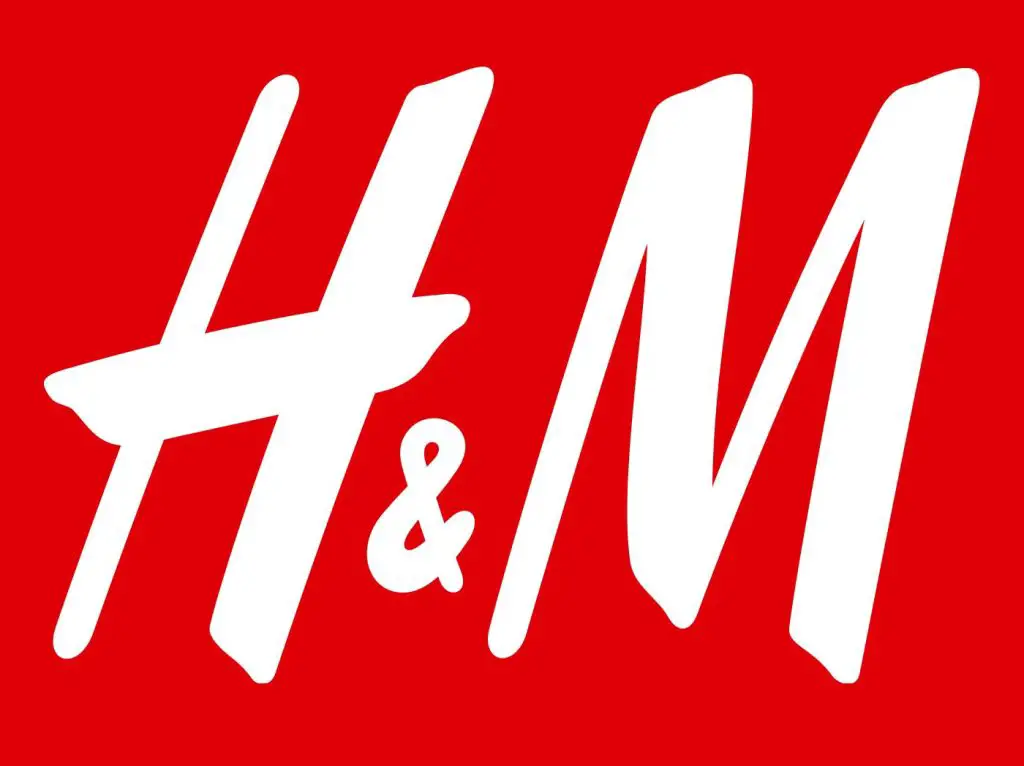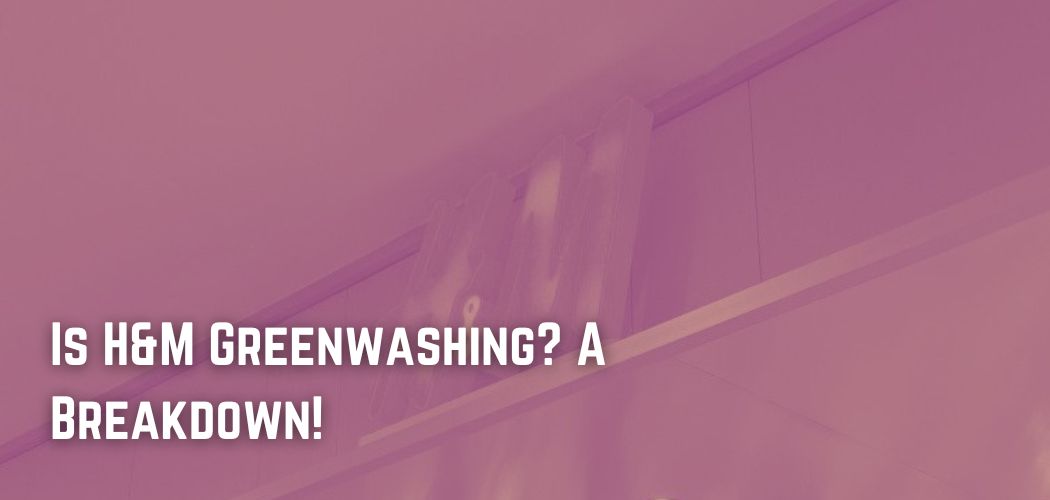H&M has spent millions in an effort to become more sustainable, collaborating with influencers and celebrities on eco-conscious initiatives; however, do they employ ethical business practices, and are they truly sustainable?
The Swedish company was one of the first to place a high priority on sustainability. It has operations in 74 countries and more than 5,000 stores worldwide.
However, with thousands of new items being added to their website each week, it’s important to examine what’s really happening behind the green imagery and campaign photoshoots.
Ethical Or Not?
In recent years, H&M has made some adjustments to its labor policies, but its workers are still not treated ethically enough.
It achieved a score between 61% and 70% on the Fashion Transparency Index, and it publishes comprehensive information regarding its supplier policies, audits, and remedial processes.
In addition, it publishes a comprehensive list of suppliers involved in the final stage of production, as well as details regarding forced labor, freedom of association, and gender equality.

Despite claims to the contrary, there is no evidence that the company ensures a decent wage is paid throughout its entire supply chain.
Nearly none of H&M’s supply chain is certified by labor standards that guarantee worker health and safety, living wages, and other labor rights.
This indicates that not enough of its facilities provide collective bargaining or the right to file a complaint.
Since the pandemic has been ongoing since 2020, we have learned that H&M has disclosed several policies to protect suppliers and workers in its supply chain from the effects of COVID-19, but the implementation of these rules is unknown.
Animal Welfare Policy
According to their Animal Welfare Policy, H&M intends to acquire only “animal-based components from farms with good animal care, breeding, and management.”
It has vowed to be fully traceable and verified to a respectable standard by 2025, which not all high-street brands can claim.
It does not test its cosmetic products on animals, and it claims to be searching for alternatives to wool, leather, and down.
It prohibits the use of fur, angora, and exotic animal skins, and when it utilizes wool, it does so from sheep that have not been mulesed. Its down is likewise certified by the Responsible Down Standard.
In addition, H&M uses leather and exotic animal fur.
Is It Sustainable?
H&M has made a solid start toward sustainability.
The company stated in December 2020 that it would invest £72 million in its Planet First initiative, which “aims to create planet-positive solutions that not only consider climate change and the circular economy but also all parts of the earth’s natural support systems.”
It offers conscious collections produced from products dropped off at in-store recycling bins and sustainably sourced materials, and it incorporates eco-friendly materials, such as recycled polyester and organic cotton, in some of its products.

The company has set some excellent goals for 2019 in its comprehensive Sustainability Report, and it employs renewable energy for a portion of its supply chain and has a strategy in place to avoid the destruction of endangered and ancient forests.
Since its global rollout in 2013, H&M’s Garment Collecting initiative, which encourages shoppers to donate unwanted clothing in exchange for a voucher, has become the largest in the world.
The program collected 29,005 metric tons of unwanted clothing and textiles in 2019, which is equivalent to 145 million T-shirts. Learn more about this subject here.
It recently launched a clothes rental option in its Stockholm store, allowing customers to borrow items from its conscious line. H&M has introduced repair ateliers in its flagship stores in Vienna, Stockholm, Paris, and London, where you may repair or enhance your clothing.
H&M Canada has also just established H&M Rewear, a platform where Canadian customers may purchase and sell apparel from other brands in addition to H&M.
According to the brand’s head of marketing in Canada, this is H&M’s second campaign in the country to promote the recycling of its items.
Impact On The Environment
H&M has taken initiatives to mitigate its negative environmental impact. The firm offers a recycling program where you can return clothes from any brand in-store, and as noted in its Sustainability Report, it has set favorable goals.
It utilizes renewable energy for a portion of its supply chain and has a CanopyStyle-approved policy to prevent the destruction of ancient and endangered forests.
Some H&M goods contain eco-friendly ingredients such as organic cotton and recycled polyester. The brand was also among the first to carry a sustainable fashion range titled “Conscious”

On the other side, the bulk of the brand’s materials are not eco-friendly, and its business model for rapid fashion remains unsustainable.
And while it has established a scientifically-based goal to cut greenhouse gas emissions from its own operations and supply chain, there is little evidence that it is on course to accomplish that goal. For these reasons, we assign H&M an “It’s a Start” rating for environmental responsibility.
Lawsuit Against Them
A lawsuit was filed against them. In New York federal court, a complaint was filed against the Swedish fast-fashion company H&M, accusing it of “greenwashing,” or fraudulent advertising regarding the sustainability of its apparel.
Chelsea Commodore, a marketing student, filed the complaint, alleging that she paid for a “conscious” fashion item that was actually not.
She alleges that some items from the brand’s Conscious Collection were falsely represented as requiring less water when they actually required more. H&M asserts that the discrepancy was caused by technical concerns.
Conclusion
H&M is still a significant contributor to the unsustainable fast fashion industry. It has a significant influence on the environment due to its promotion of “disposable” fashion and rapid rotation of new trends and items.
Due to these factors, an increasing percentage of inexpensive apparel winds up in landfills after a few uses.
The textile manufacturing process routinely employs poisonous dyes, solvents, and pesticides, is responsible for large carbon emissions, and consumes a significant portion of the world’s fresh water and land resources.
While this is an industry-wide issue, fast fashion businesses produce more garments, and it is unclear whether H&M’s environmental activities are sufficient to compensate.
